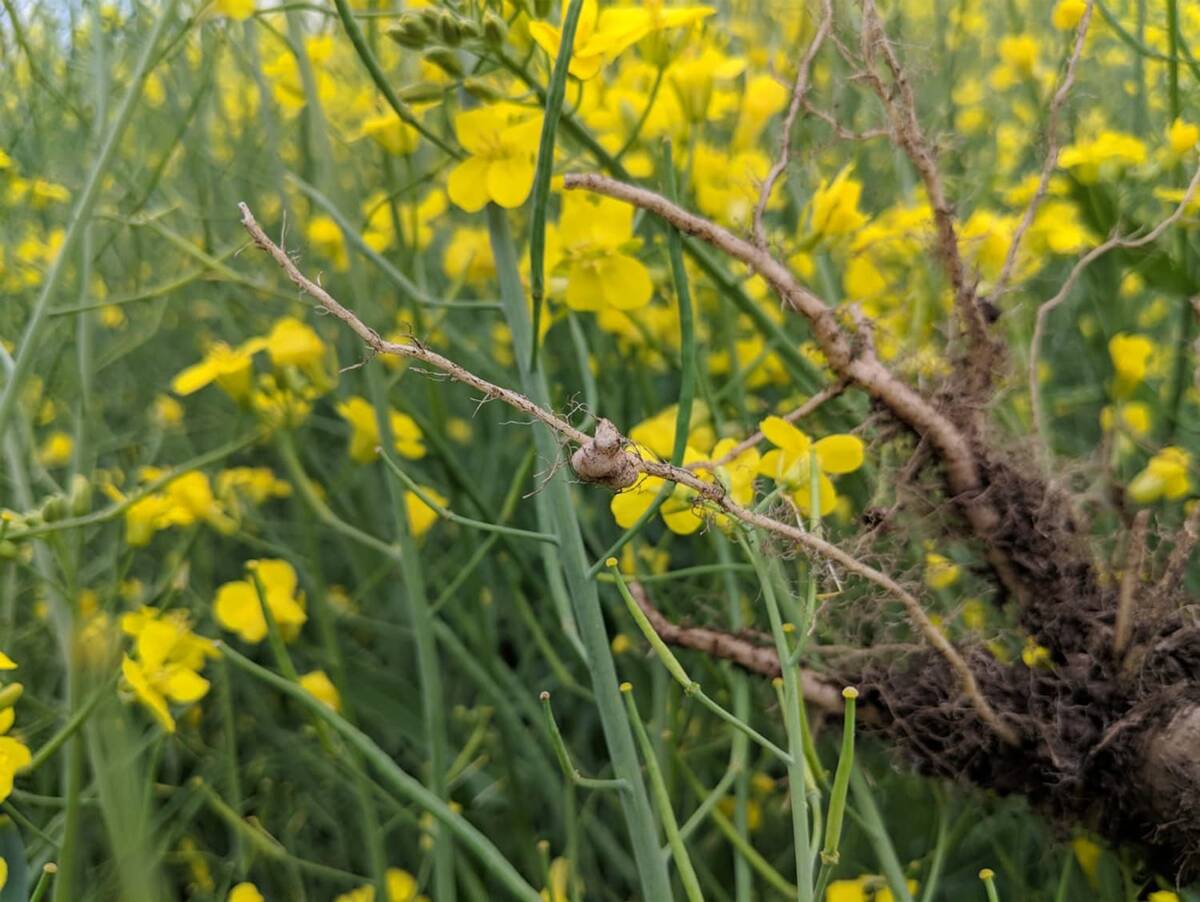STETTLER, Alta. – Tucked away in a corner of the red brick provincial
building in this central Alberta town is a new style of agriculture
office.
Instead of a reception area, there are a rack of pamphlets and small
side offices for farmers to talk to agriculture staff. Specialists sit
in front of computer screens in Dilbert-style office cubicles answering
farmers’ questions over the telephone.
Welcome to Alberta Agriculture’s new Ag-Info Centre.
It is part of the department’s new restructuring plans that centralizes
Read Also

Going beyond “Resistant” on crop seed labels
Variety resistance is getting more specific on crop disease pathogens, but that information must be conveyed in a way that actually helps producers make rotation decisions.
the department’s specialists into hub offices, and leaves fewer
agriculture advisers in smaller centres.
It is too soon to tell how the new setup is being received by
producers, but by basing key specialists in the office, Alberta
Agriculture hopes to answer questions from farmers more efficiently,
said Jim Proctor, chair of program information services.
A trial cereal and oilseed call centre last year proved farmers weren’t
averse to getting information over the telephone, said Proctor.
Beef specialist Russ Horvey has already fielded several calls from
farmers on pasture rental rates, custom application rates and projected
machinery costs. Other farmers have dealt with questions on health and
nutrition and calving.
“It’s the same as the district level, but magnified here,” said Horvey.
Crop specialist Jim Broatch said because many questions are similar,
they are able to see if trends or problems are emerging. When Broatch
answered calls on the cereal and oilseed toll-free number last year it
spotted the diamondback moth outbreak quickly.
“We’re the first in Alberta to know if there’s an outbreak. If anything
is happening we can tell pretty quickly,” said Proctor.
The call centre officially opened April 2, but not all the staff is at
the centre. When it is complete, eight crop, beef and forage
specialists and four resource agents will deal with questions or direct
farmers to the correct program.
The centre is part of the changes to Alberta Agriculture’s industry
development sector to focus more on innovation, crop diversification,
agri-food and livestock investment.
Instead of farmers being able to talk to staff in the 51 offices across
the province, services are centralized through 18 hub offices and 16 of
what the government calls co-locations.
Removing the day-to-day farm questions from local district specialists
will allow others to work more closely with farmers who want to look at
diversification, said Horvey.
Farmers who phone a local agriculture office will hear a voice mail
message asking them to phone a toll-free number. Already four local
offices have the message and the rest will follow, said Leona Lind of
the Ag-Info Centre.
Crop specialist Doon Pauly said he’s looking forward to learning from
his colleagues.
Already the staff has rolled their chairs together and chatted about
solutions to farmers’ questions.
“There’s going to be real synergies. You can listen to the way your
colleagues answer a call.”















